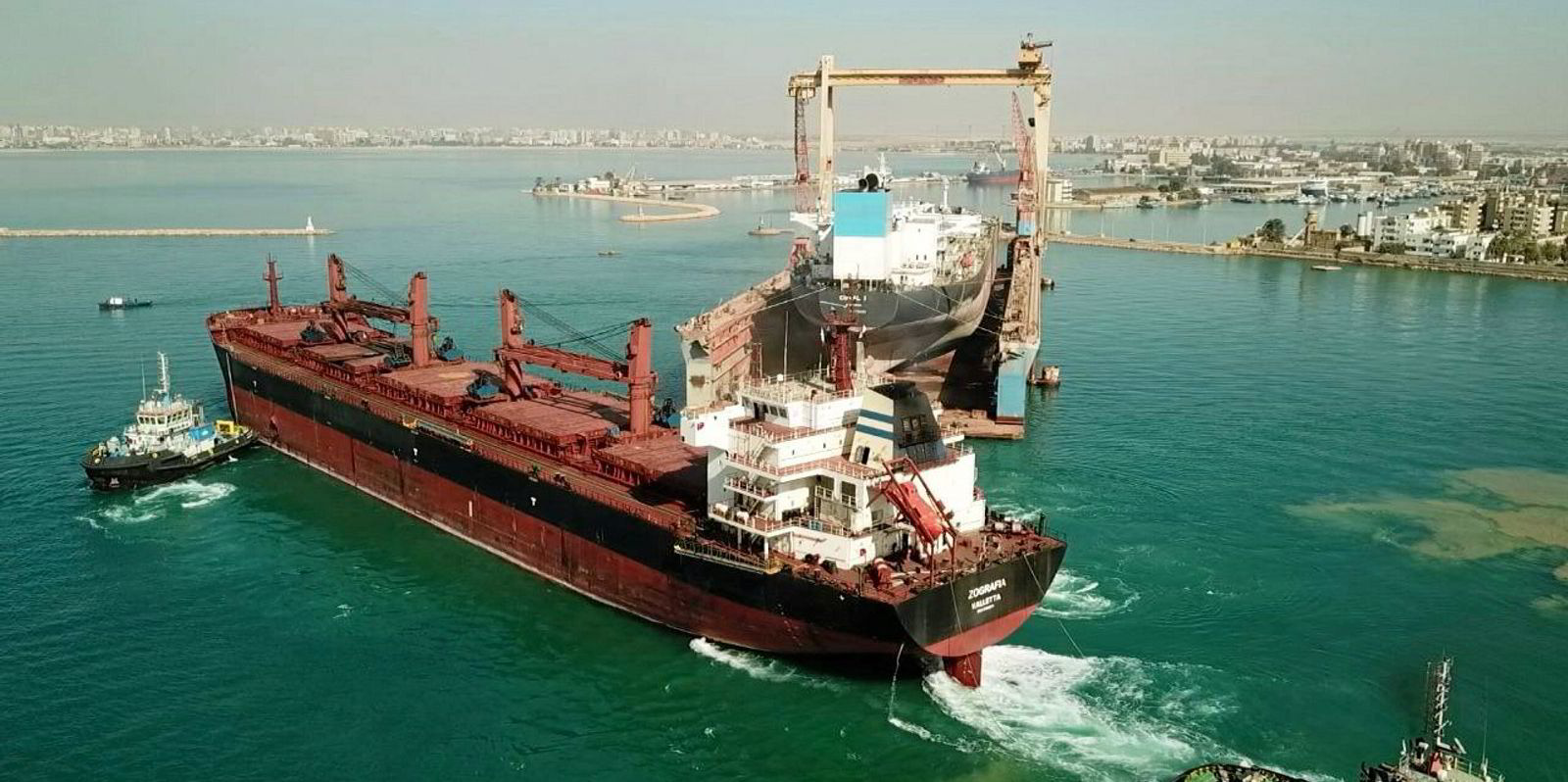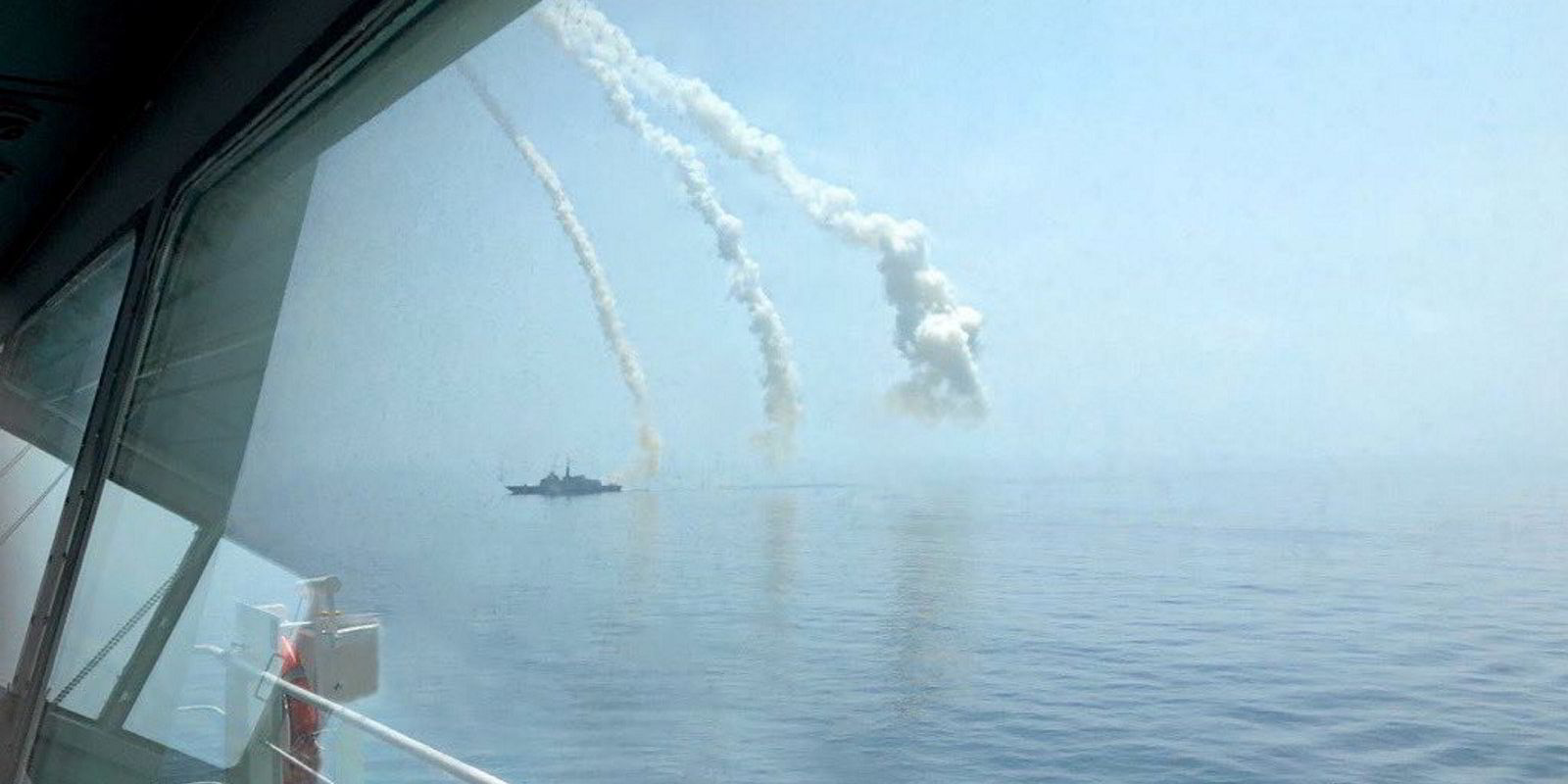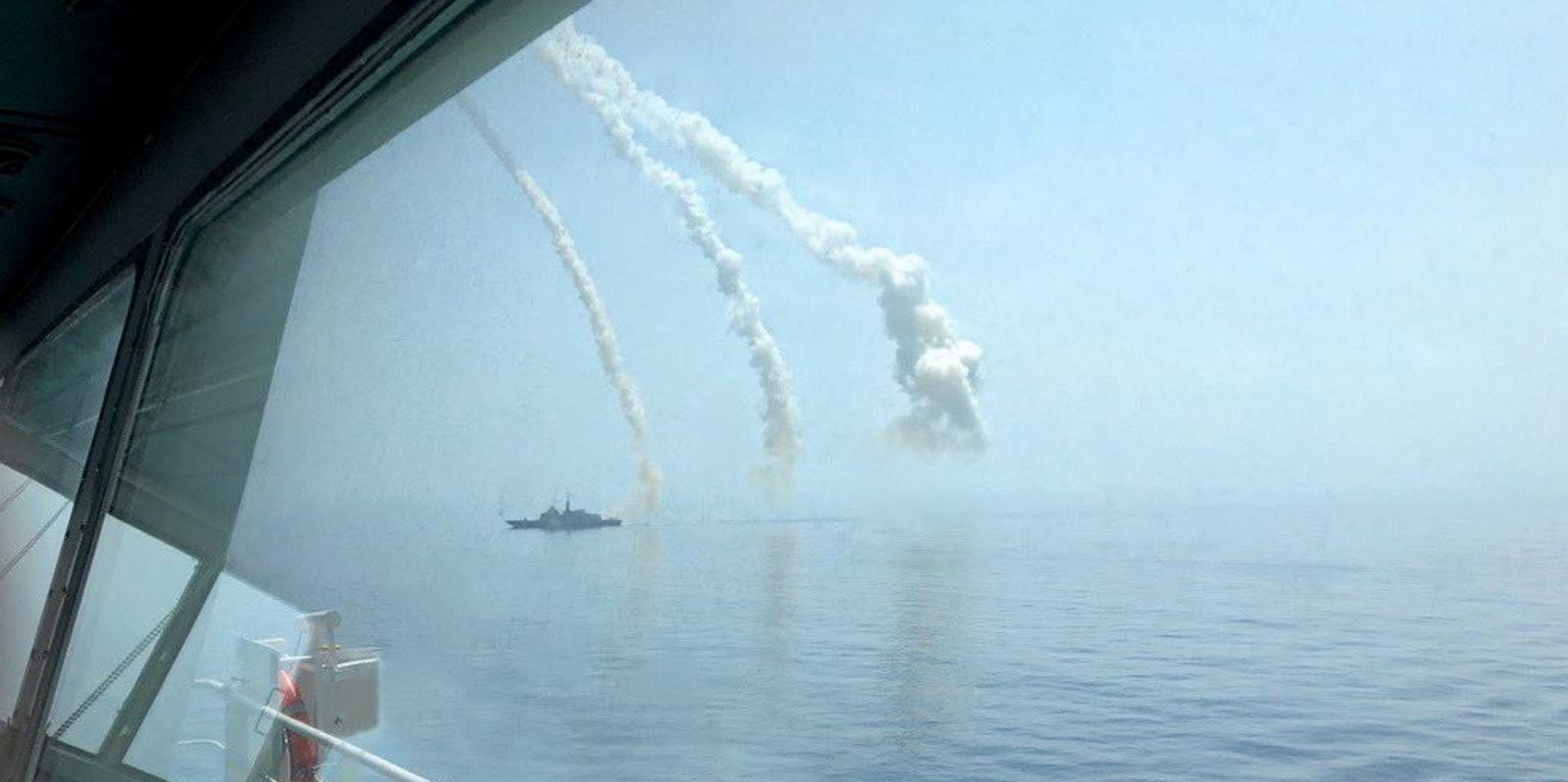The pattern of ownership of ships passing through the Red Sea has changed dramatically as US and European players avoid the area following attacks by Yemen’s Houthi militia, according to data released by Windward.
Ships beneficially owned by European companies are down by more than 50% month on month compared with last year, while US ships were down by 64% for cargo vessels and 96% for tankers, according to the Israeli maritime analytics company.
But Russian and Iranian-owned ships bucked the trend of falling transits, albeit from a low base.
The figures reflect the nature of the Houthi targeting of vessels: US, British and Israeli-linked ships are the primary targets of the Iran-backed regime.
But tankers owned by Chinese companies visiting the Red Sea have also declined significantly, in a sign of the dangers posed to all shipping because the Houthis are using out-of-date or erroneous ownership data for some attacks.
A Chinese-owned tanker carrying Russian crude was hit last month during a five-missile Houthi strike that started a fire. The 115,500-dwt Huang Pu (built 2009) was transiting the area to deliver oil to the Indian subcontinent.
The ship had been registered with UK-based Union Maritime until September last year. The attack followed previous Houthi comments that they would not attack Chinese vessels, said US Central Command.
The Windward data shows that European Union-owned cargo ships made 642 visits to the Red Sea in March 2023, but that number declined to 240 a year later.
US-owned tankers went from 17 to zero over the same period. The number of Chinese tankers visiting the Red Sea reduced from 71 to 24.
The declines of Western-owned vessels contrasted with a small rise in numbers of Iranian and Russian-owned ships travelling through the area, according to Windward.
Monthly totals of Russian-owned tankers increased from three to 23 in the year from March 2023.
Windward said it was a “possible indication of a new route for Russian oil, with vessels taking advantage of the disruptions and lack of check-ups in the area”.
But new patterns of trade have seen tankers shift to Russian ownership owing to US sanctions. Russian exports to China and India via the Suez Canal have also increased markedly since the beginning of the war to replace the loss of Moscow’s European oil exports.
Shipowner group Bimco reported that tonne-miles of EU oil imports from Asia had increased markedly because of diversions from the Red Sea to voyages around the Cape of Good Hope.
Average sailing distances of EU oil imports had increased 10% last year because of Russia-related impacts, with a further 16% linked to the attacks in the Red Sea, said chief shipping analyst Niels Rasmussen.
“Suez Canal transits have now fallen 40% to 50% year on year, significantly increasing sailing distances between Asia and Europe,” he said.

“Even though Europe’s demand for oil has fallen in 2023 and is expected to fall again in 2024, the EU’s importance to tanker trades has increased.
“Due to trade shifts, EU import tonne-miles have risen from 11% of the total tanker trade in the first quarter of 2022 to 14% in the first quarter of 2024 and will remain high as long as ships continue to avoid the Suez Canal.”
Read more
- Swiss trader Mercuria Energy plots LNG expansion as huge profit rolls in
- Ship fire claims spike to highest in a decade as larger vessels add to risks
- EU naval chief: Extra warships needed in Red Sea to defend shipping from Houthi rocket attacks
- Houthis target Borealis and MSC container ships in failed missile attacks
- ‘Electronic interference’: Rare cyber attack targets ship off coast of Iran





